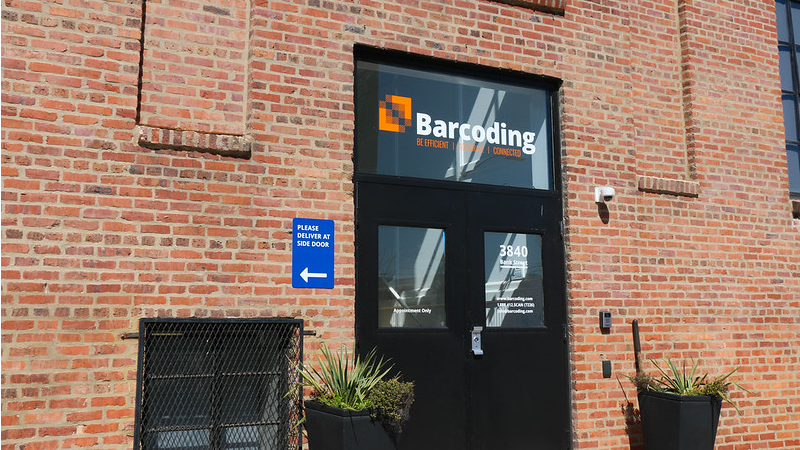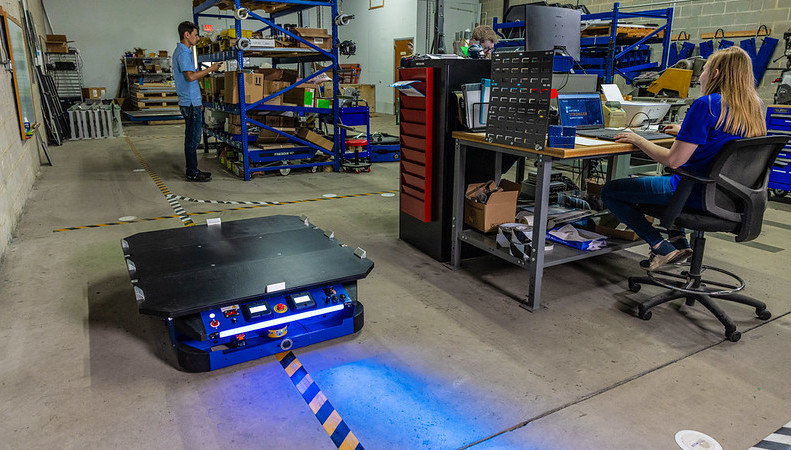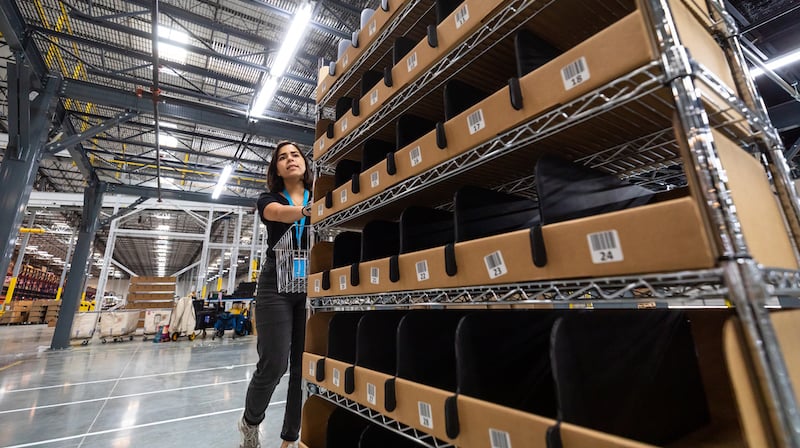The acceleration of digital transformation we’ve seen over the past few years has been impressive. The new technologies and capabilities that make it all possible have raised the bar for end user experience—and that includes employees.
Today’s technology has opened the door to more streamlined experiences, both for your customers and employees, and the options are nearly limitless, and navigating it all can be overwhelming. Or at least confusing.
Some questions that need to be answered before committing to change include: which mobile trends offer the best potential to drive efficiencies and enhance user experience? How do you choose, implement, enable, integrate, and optimize inventory management solutions that work for employees? How will you know when the tech has reached its full potential to improve speed, accuracy, and efficiency?
There’s never been a better time to put data to work for your business, but clearly you’ve got plenty to consider first. Let’s take a closer look.
EMM and Mobile Device Management: Driving Business Growth
Cost-effective devices, enterprise-wide systems, and software solutions that centralize data, streamline processes, and automate tasks are transforming business for those ready to embrace the technologies.
Workers across educational levels are comfortable enough with the hardware to hit the ground running. With a well-built system, that means immediate access to real-time data as devices, sensors, and equipment are distributed enterprise-wide and brought online—and as all that data is delivered to the cloud for automated, real-time analysis.
We’ve talked about the need to accelerate business transactions, but the transformation doesn’t stop there. Here are just a handful of technologies that are transforming inventory and asset management, and some of the most important ways they’re being put to use.
Google Glass
Smart glasses emerged about a decade ago, with Google Glass hitting the market back in 2013. Consumer demand never really blew up, but more recent enterprise applications suggest that Google Glass was just ahead of its time.
Wearable smart glasses offer a hands-free option for delivering information to workers in warehousing, maintenance, technical, engineering, and many other fields—wherever and whenever they need it, including:
- Installation instructions
- Maintenance checklists
- Warehouse floor plans
- Inspection documentation
- Safety data sheets
- Customer orders
- Built-in barcode scanning
- And much more
Real-time, in-the-field collaboration and consulting can be instantaneous with camera-enabled wearable devices. And voice-activated, hands-free operation isn’t merely convenient for many workers; it can also solve challenges some workers experience tapping targets on screens.
Ultimately, wearables like Google Glass have the potential to increase productivity and speed, prevent delays, and help workers avoid mistakes—all of which can cause lost customers and diminished brand value.
Augmented Reality (AR)
By superimposing interactive, three-dimensional visualizations over the physical workspace, augmented reality works hand-in-glove with wearables like Google Glass—or with nearly any camera-enabled mobile device.
AR-based warehousing and inventory management solutions can help warehouse managers optimize floor space while also enabling workers to find and track items with greater speed and accuracy.
AR-enabled training programs can speed employee onboarding and improve worker safety. That not only helps the new employees get productive faster; it also helps reduce frustration for experienced employees on the floor.
AR can also automate processes to eliminate time-consuming data entry requirements that create opportunities for human error. It doesn’t require too much imagination to see the potential for improvements that can be achieved in order picking, material handling, and inventory control management.
The Internet of Things (IoT)
The proliferation of sensors, connected equipment, and devices introduces new opportunities to streamline the human side of work, and that has great potential to build a better on-the-job experience for workers.
Introducing robotics and automation can alleviate employee workloads by eliminating menial and redundant tasks. It can reduce worker frustration, while empowering productivity, and delivering a better experience on the job—which can translate to better recruiting and retention.
5G Network Connectivity
The increased data speeds and bandwidth, low latency, and better reliability that comes with 5G will deliver the data-handling power to support and enable the proliferation of sensors, connected equipment, and mobile devices we’re seeing. That makes 5G the ultimate transformational technology of the moment.
That’s because it’s one thing to have the hardware and software capable of creating an augmented reality warehousing environment, to collect troves of data, or to facilitate in-the-field collaboration and consultation. It’s another thing to have the power to move the data, to utilize the technologies to their full, transformative potential.
Implementation and Integration Can Be a Puzzle
There’s no question about potential here. Each of these technologies, on its own, offers evolutionary advancements to the ways business is done. But here’s the thing: fully integrated, that potential becomes revolutionary.
And that revolutionary potential doesn’t come a moment too soon. With all the current sources of disruption—outbreaks, climate events, regulatory backlogs, global political upheaval…heck, even a shipping canal mishap can cause global gridlock—it’s due time for businesses to embrace the tools and technologies needed to avoid unplanned downtime, increase safety and security, and optimize operational efficiencies.
Fortunately, you don’t have to go it alone. When you work with a partner like Barcoding, you’ve got a team of trusted experts who not only understand the technology itself but also the best ways of implementing, integrating, optimizing, and maintaining it—so you’re not just maximizing productivity and efficiency, but also your enterprise-wide ROI on the investment.
When you download our Beginners Guide to Enterprise Mobility Implementation, you’ll get a better understanding of what it takes to develop and implement an enterprise mobility program, from initial assessment to ongoing monitoring. Get your hands on a copy by clicking below.







